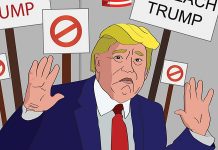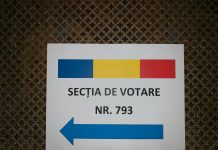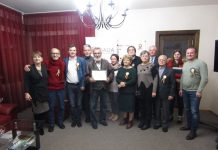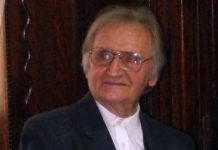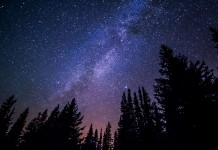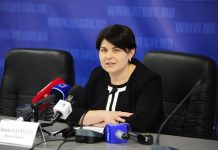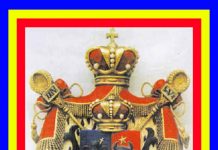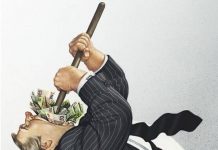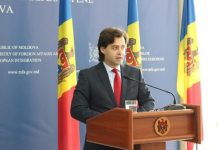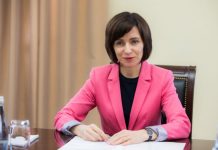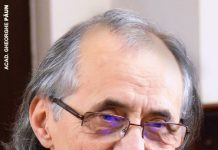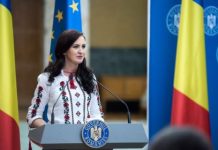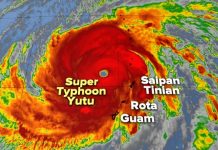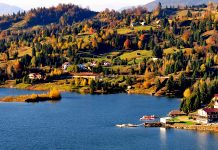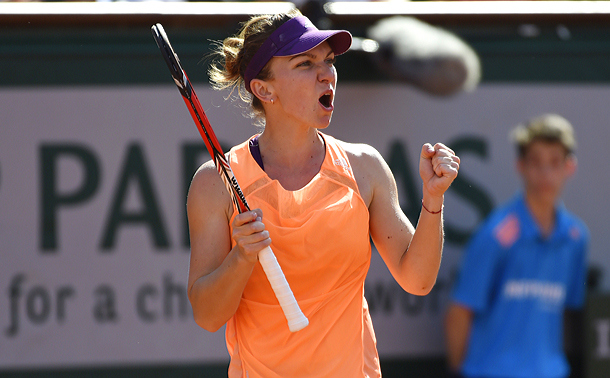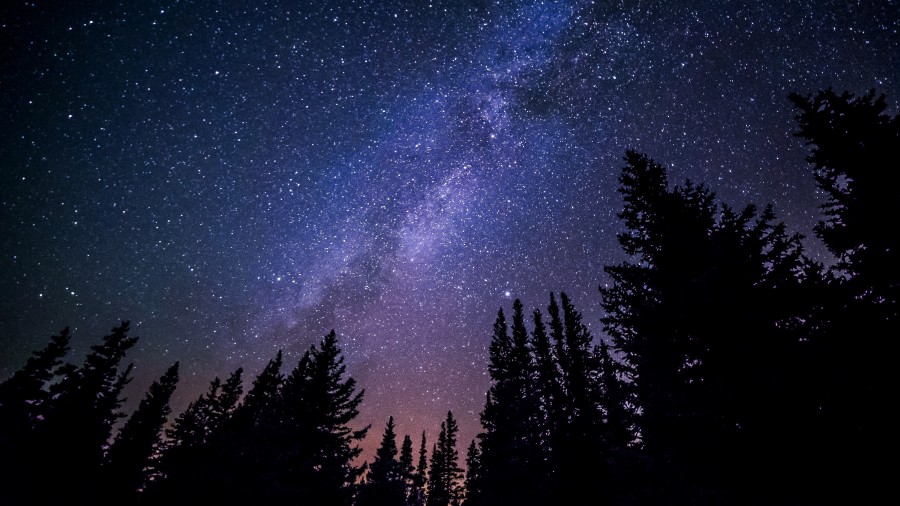In 1977 the country of Romania was shaken to its core by a powerful 7.2 magnitude earthquake, which paved the way for the country’s biggest economic depression. A BRIEF HISTORY
Romania is a European country located just west of the Black Sea bordered by Bulgaria, Serbia, Hungary, and Ukraine. Before stepping up and seizing independence Romania was host to a handful of invading tribes including the Huns, Slavs, and Turks. The most significant occupation was when Romania was practically held captive by the Ottoman Empire and Austro-Hungarian forces in the 1800’s; many citizens were treated as second-class people even though they populated the country. After a failed revolution no country would aid Romania in their quest for independence and the people elected Alexandru Ion Cuza to be their leader, creating their own “personal union”.
After Cuza was exiled during a coup d’état Romania was declared an independent state and lead by Prince Carol who sided with Russia during the Russia-Turkish War. In 1881 the country’s title was raised to kingdom and the prince became king.
During World War I Romania was neutral until 1916 when they joined sides with Entente, the alliance between France, England, and Russia. Romania added the region of Transylvania to its territory by the end of the war.
CULTURE
The culture in Romania is truly unique. The country is a melting pot of Central Europe, Eastern Europe, and the Balkans so there is considerable influence from different regions. The strongest current influence over the last 250 years is from Western cultures, particularly France and Germany. Romania is most famous for its artists in many fields such as the poet Mihai Eminescu, the famous writer Eugene Ionescu, the popular opera diva Angela Gheorghiu (who is in constant demand at opera houses around the globe), and the world-famous gymnast Nadia Comaneci.
Romanians have a strong sense of family. If you thought Italians were family-oriented Romanians are chasing not far behind. An old couple in the countryside knows by name hundreds of other families, their grandparents, children, when they got married, where they built their houses, when and why they died, etc. The networks and communities are deeply integrated.
At the end of the day a traditional household comes together to share their stories and eat at the dinner table. The meal is usually a warm bowl of ciorba (soup) and bread followed by a main course of fresh meat and traditional Romanian cuisine like mamaliga (corn meal, which is eaten in many other cultures around the globe) and sarmale (cabbage rolls). The humble home was the portrait of families for many decades when peasants made up the majority of the population. But when Russia turned Romania from a democracy into a Communist country the family dynamic changed considerably.
The most noticeable change was visible in parents, mainly fathers, who were put to work like never before to make money to buy food, at inflated prices. Sometimes the mother had to wait in line all day to get a loaf of bread. It caused strain in the family unit. It was not unusual to go hungry. Perhaps a mother would abandon her child because she knew she could not support it. There were many orphans during this time. But this was at its worst, not every day was such a struggle.
Society became more modern, changing from rural into urban. The strong sense of community in villages began to lose its light in the city; many people felt lost and alone when moving into the big city from the country. Nature was comfortable and country folk knew the land. By comparison the city was cold and the sense of familiarity was lost.
POLITICAL HISTORY
Communism reigned terror upon Romanians for over forty years from 1945-1989. The USSR controlled the country through the military occupation until the late ’50s, beginning a long process of draining almost all Romania’s vast natural resources.
In the ’60s the Securitate (secret police) pulled a blanket of fear over the people by arresting anyone they thought to be “enemies of the state” for arbitrary or political reasons. Records show hundreds of citizens from varied backgrounds being tortured, abused or killed. And not just your big heads but also your every-day-Joe.
These “criminals” were deported, jailed, internally exiled, or sent to labor camps or prisons. Some political figures were tortured in hopes to “reeducate” them.
During this period Nicolea Ceausescu came into power. Among few other good deeds he established diplomatic ties with Arab countries and the Palestine Liberation Organization (PLO), which aided in the Israel-PLO peace process. He also brought along the laws of Communist society like free universal health care and free education, from kindergarten to upper level college, but the citizens had to pay for it with increased taxes. Like most Communist ideas it looks good on paper, and in theory, but never plays out well.
Corruption and favoritism shook the trust of the people regarding the wisdom of their government. The president drove the economy into the ground after the earthquake and paid off an enormous debt to foreign countries by imposing a policy that impoverished the people, and eventually lead to the Revolution.
The economy was shaky but running smoothly as possible up until the earthquake brought it to its knees.
THE EARTHQUAKE
On March 4, 1977 Romania was hit by a 7.2 (on the Richter scale) magnitude earthquake, which killed 1,570 people and injured 11,000 in the capital alone. It lasted only a little over a minute but every building in Bucurest was shaking. A recording of a concert that evening was interrupted by the rumbling of the massive earth shift and spurred videos of the aftermath, including interviews with victims.
Firefighters and, oddly enough, stuntmen tried to save the lives of those buried in the wreckage but were largely unsuccessful. Footage of the aftermath is enough to make one’s stomach churn; dead bodies being pulled from rubble and a woman’s arm, buried, holding on for dear life to someone else’s, only to go limp as she inevitably ran out of air or was crushed to death.
Both of my parents were born and raised in Romania. My mother was 15 at the time and my father was 17 and when I spoke with them briefly about the experience they both said they thought they were going to die, that “this was the end”. My father said it didn’t change him but it made him think, and appreciate what he had in his life for a little while. Others who lost loved ones were more affected. One woman came home to find her house collapsed and her whole family dead. She moved to France, changed her name, and will not talk about what happened that day.
The southern part of the country was struck the hardest and those who were untouched heard of the disaster over the radio, as all other news sources were shut down. The epicenter, or the originating starting-point, was in a region just south of the capital called Vrancea. Turns out Vrancea is a hot spot for earthquakes. So far there has been one every thirty years or so, one in the 1940’s and one just last year (2009) ,but each seem to be less destructive than the last.
The deadly tremor pushed down buildings like dominos. Many homes in the heart of the city are apartment buildings that have up to 10 or 12 levels and the higher up you were the harder you got hit.
Many of them were build before World War II and were knocked down easily due to a lack of proper foundation (the builders would not use the correct amount of cement so many were poorly reinforced). 35,000 buildings were destroyed. Some homes in the older part of the town were built many years before the war and Communist occupation, and withstood the shake and aftershocks but many of the homes in the old district were completely leveled. My mother was worried her pregnant aunt might have died but her house was one built correctly and did not collapse.
THE AFTERMATH
The economy lost an estimated $2 billion. What little recourses Romania had were instantly drained. The economy came to a sudden halt as numerous infrastructures collapsed. Schools, homes, and buildings were obviously the first to go, closely followed by loss of transportation, power lines, gas, machines, and food. Romanians were facing yet another depression, the worst of them all.
The earthquake did not directly cause the depression but it certainly didn’t help the sinking economy. The depression was thanks to “poor management in the government, corruption, and failure to encourage individual enterprise due to communism restriction on private property”, theorizes Adrian Ionescu, 49, my father, a pure hearted Romanian who saw the effects first hand. The economy was run by “incompetent politicians” and when the earthquake struck it went under, leaving the country in tatters.
“A country is like a household. You have some savings. When an earthquake breaks down walls all your resources go towards fixing it instead of paying for school, traveling, or buying food,” says Ionescu. He was in his home on the fourth floor when the earthquake struck. He and his roommate dashed to the door and made it out alive. He says, “neither of us knew if the other got out. He went back in and saw a bookshelf on the floor and thought I was under it.”
Ceausescu was informed of the earthquake while he was in Lagos, Nigeria and once information had been clarified he declared a state of emergency and rushed home on his private plane. Since the power was out communication was choppy and he initially understood that the whole capital was destroyed, and could not get through until partial power was restored around midnight. When he arrived he immediately went to work visiting the worst damaged areas and ordered a search party to look for survivors. Another proud moment for this otherwise appalling dictator.
The state-run media saw this as a chance to play up his heroic side with his publicists running the show. However one citizen, Ileana Barbu, 47, thought something completely different.
“He probably went coo-coo after the earthquake shock… After his visit to North Korea [that had] even crazier communists he started demolishing all the historical monuments in Bucharest (17th century VACARESTI CHURCH AND AN OLD HOSPITAL, ETC…) I THINK his paranoia kicked in, triggered by this events.”
There were various erroneous reports of how well the emergency systems were working, when in fact there weren’t even enough hospital beds for recovering victims. The president declined international aid during the country’s time of need saying little was needed but the Romanian authorities knew better and were grateful and accepted food, water, and search dogs.
The people had changed. The earthquake was the thriving topic of conversation the next day; everyone shared their horror stories and complained about how poorly the situation was being handled. Yes they were getting recourses but at what cost? The economy was unstable and plummeted into debt, sinking from $3 to $10 billion (U.S. dollars) between 1977 and 1981.
The people now had a common cause to bond and though it would take years of suffering to take action to bring their wicked leader down, they drew together.
Right after the earthquake shortages were expected, “in times of need a sense of solidarity and national pride rises up”, says Ionescu, but over the years it turned into a gruesome reality that food, gas, and other commodities were scarce.
Ceausescu certainly bit off more than he could chew. The depression lasted from 1977-1989, when the Revolution surged up and took him out of power. More food was exported than should have been and there was far less import of petroleum during the 80’s. The people were strained.
The earthquake took homes and families and then the Communist system took what little prosperity Romanians had left. From bad to worse Romania was well due for a change after a devastating earthquake and a drawn-out depression. It changed them from oppressed to outraged and slowly the wheels of a revolution began to turn.
But that is a story for another time.





